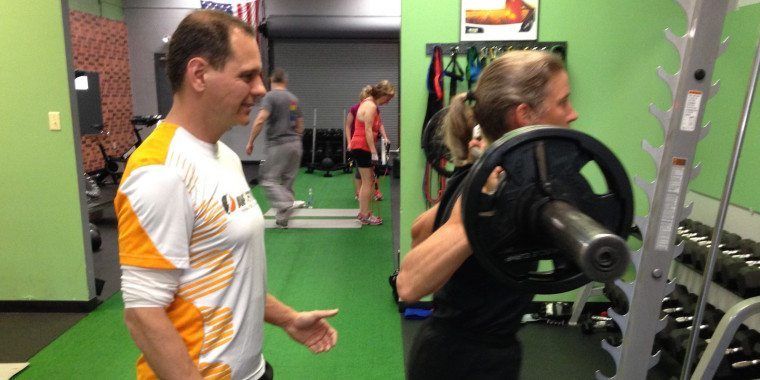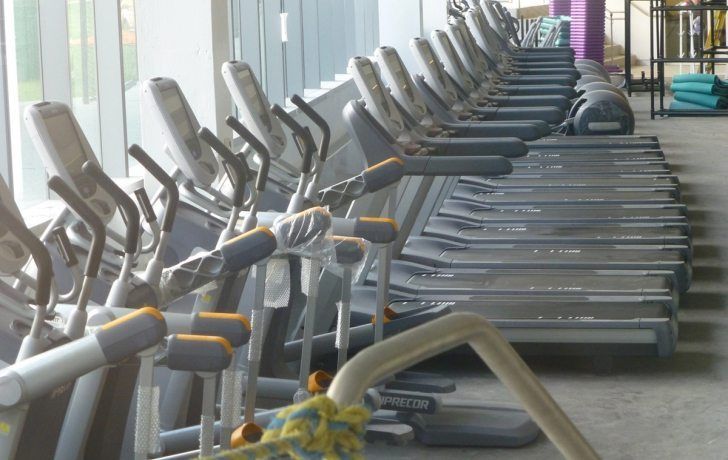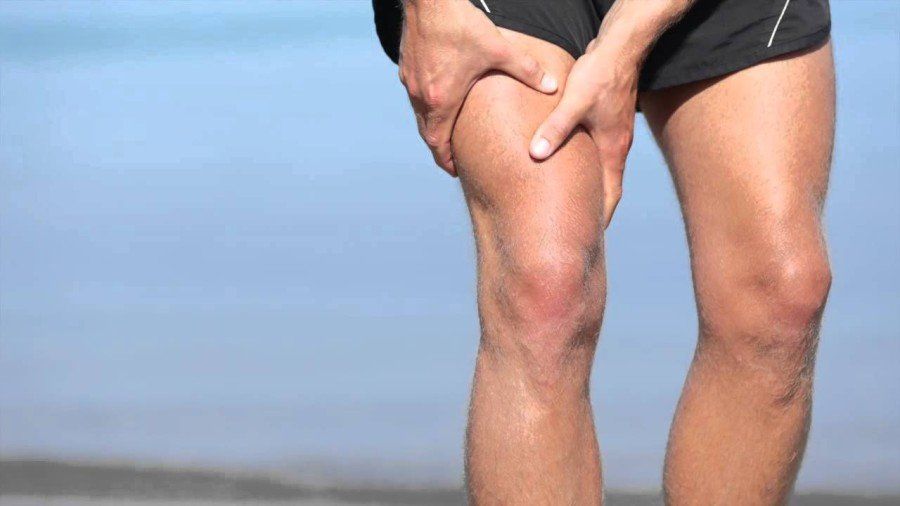Wearable fitness trackers, like the ones made by companies such as Fitbit and Jawbone, have grown in popularity in recent years, with sales reaching $1.5 billion in 2015, according to The New York Times.
But a recent study published in The Journal of the American Medical Association calls into question just how correctly these devices accurately measure physical activity and estimate energy expenditure.
Researchers in Japan compared 12 wearable fitness devices to two research techniques considered the “gold standard” — the metabolic chamber method, which captures all metabolic activity in a 24-hour period, and the doubly-labeled water method, which captures metabolic activity in a real-life setting over 15 days. The study had 19 healthy adults wear all 12 devices while undergoing the two gold standard methods, which were then used to calculate energy expenditure.
According to a summary of the study at MedPage Today, the measurements of a day’s total energy expenditure differed widely from device to device. Compared with the metabolic chamber, the total energy expenditure measured by the devices ranged from 278 calories lower to 204 calories higher per day. Compared with the DLW method, all the devices underestimated energy expenditure, from 590 calories lower to 69 calories lower per day.
The results led the researchers to conclude that several of the wearable devices will not produce an accurate measure of a person’s total energy expenditure.
“If a device tells a person that they are burning a few thousand more calories in a week than they actually did, they may opt to go for the big desert or have a hamburger rather than sticking with a healthier option.” – Dr. Timothy Plante, Johns Hopkins
“Measuring energy expenditure is very challenging, as is shown by the different results from the gold standards here,” Dr. Timothy Plante, of Johns Hopkins, told MedPage Today. “Patients can get into trouble if they are misinformed about the amount of calories they have burned and use that to treat themselves to foods they otherwise may not eat. If a device tells a person that they are burning a few thousand more calories in a week than they actually did, they may opt to go for the big desert or have a hamburger rather than sticking with a healthier option.
“Over time, this can lead to bad dietary trends and weight gain or failure to lose weight despite best efforts. For anyone using these devices, you need to take the results with a Morton canister of salt.”
The study’s findings underscore why at AMP Fitness we use scientifically backed technology to help our clients achieve their fitness goals, including:
- The MyZone telemetry tracking system, a chest-strap monitoring system that closely emulates a real EKG machine by measuring electrical pulse and that transmits heart rate, calories and effort in real time to a live display.
- Resting Metabolic Rate testing, which determines exactly how much oxygen your body consumes and measures your metabolic rate. The test calculates a person’s Target Caloric Zones, revealing the maximum number of calories you can eat each day and still lose weight.
- VO2 Max testing, which reflects a person’s ability to perform sustained exercise, and is generally considered the best indicator of cardiovascular fitness and aerobic endurance. The test is suitable for a wide range of individuals, from the sedentary to elite athletes, and provides trainers and clients the tools to set realistic goals and assess improvement.
To learn more about how our science-based technology can take your workouts to the next level, call AMP Fitness at 216-831-3674 or email us at
info@ampfitness.com.












